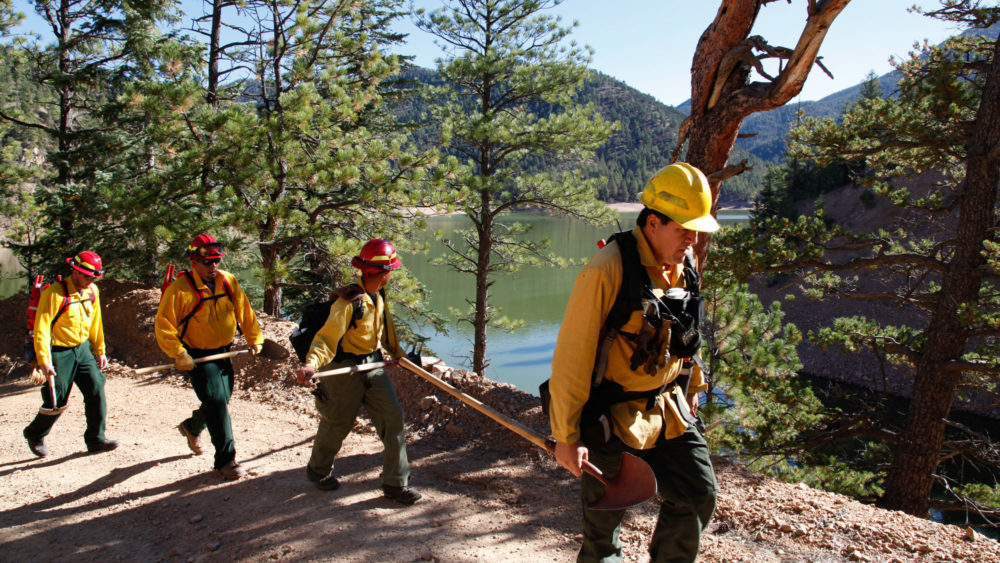This story was originally published by Yale Environment 360 and is reproduced here as part of the Climate Desk collaboration.
Long before an aspen tree fell on a power line in New Mexico’s Jemez Mountains in June 2011, triggering the biggest wildfire in the state’s history, fire managers knew that New Mexico’s forests were vulnerable. Climate change-induced drought and higher temperatures had dried out the trees and soil. And after more than a century of fire suppression, areas that supported 40 trees per acre in the pre-European era now were blanketed with up to a hundred times as many. This profusion of trees — as many as one per square yard — weakened all of them, and rendered them defenseless against megafires.
Even so, the fire managers weren’t prepared for the astonishing power of the 2011 conflagration, known as the Las Conchas Fire. During its first 14 hours, it sent walls of flame hundreds of feet high as it consumed nearly an acre of forest per second and threatened the city of Los Alamos. By the time it was extinguished five weeks later, it had burned an area nearly three times as big as the state’s largest fire before it, and left behind nearly 100 squa... Read more

